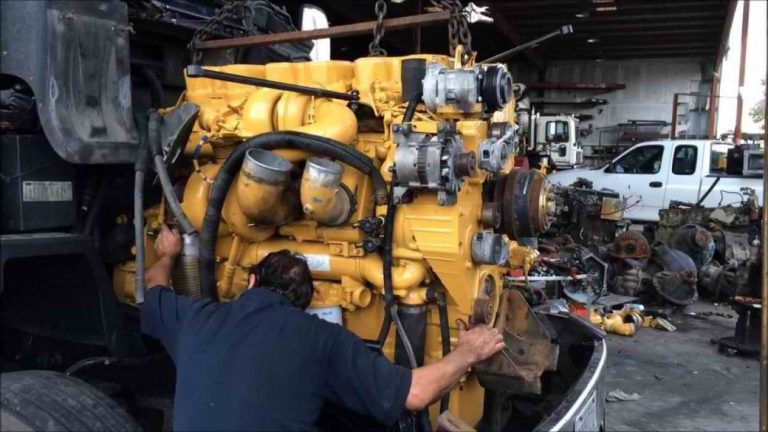
There are two sets of emission standards, with different type of testing requirements: Dates in the tables refer to new type approvals-the dates for all vehicles are in most cases one year later. The following tables contain a summary of the emission standards and their implementation dates.

The Euro VI standards also introduced particle number (PN) emission limits, stricter OBD requirements and a number of new testing requirements-including off-cycle and in-use PEMS testing. The new emission limits, comparable in stringency to the US 2010 standards, became effective from 2013/2014. Įuro VI emission standards were introduced by Regulation 595/2009 followed by a number of ‘comitology’ packages that specified technical details and by other amendments. In a “split-level” approach, the technical requirements pertaining to durability and OBD-including provisions for emission systems that use consumable reagents-were described in the Commission Directive 2005/78/EC. In 2001, the European Commission adopted Directive 2001/27/EC which prohibits the use of emission “defeat devices” and “irrational” emission control strategies, which reduce the efficiency of emission control systems when vehicles operate under normal driving conditions to levels below those achieved during the emission testing procedure.ĭirective 2005/55/EC adopted in 2005 introduced durability and on-board diagnostic (OBD) requirements, as well as re-stated the emission limits for Euro IV and Euro V which were originally published in 1999/96/EC. This rule also set voluntary, stricter emission limits for extra low emission vehicles, known as “enhanced environmentally friendly vehicles” or EEVs. In 1999, the EU adopted Directive 1999/96/EC, which introduced Euro III standards (2000), as well as Euro IV/V standards (2005/2008). These standards applied to both truck engines and urban buses, the urban bus standards, however, were voluntary. The following are some of the most important rulemaking steps in the heavy-duty engine regulations:Įuro I standards were introduced in 1992, followed by the introduction of Euro II standards in 1996.

Beginning with the Euro VI stage, the legislation was simplified “directives”-which needed to be transposed into national legislation-were replaced by “regulations” which are directly applicable. In 2005, the standards were re-cast and consolidated by Directive 05/55/EC. Heavy-duty standards were originally introduced with Directive 88/77/EEC, followed by a number of amendments. The Euro VI standards are also not limited to any particular engine types but apply to all motor vehicles including those with compression ignition engines, positive ignition engines (including NG/biomethane, petrol, LPG and E85) as well as dual fuel engines.

Euro VI standards apply to M1, M2, N1 and N2 motor vehicles with a reference mass exceeding 2,610 kg and to all M3 and N3 motor vehicles.

#MOTOR HEAVY TRUCK SERVICE 13 FULL VERSION#
Please log in to view the full version of this article | Subscription required.Įuro V and earlier emission standards apply to all motor vehicles with a “technically permissible maximum laden mass” over 3,500 kg, equipped with compression ignition engines or positive ignition natural gas (NG) or LPG engines. Another convention followed by some authors is to use the “Euro” designation for light-duty standards and “EURO”, in all capitals, for heavy-duty engine regulations. We will use Roman numerals when referencing standards for heavy-duty engines, and reserve Arabic numerals for light-duty vehicle standards. Sometimes Arabic numerals are also used (Euro 1. Emission Standards EU: Heavy-Duty Truck and Bus EnginesĮuropean emission standards for new heavy-duty diesel engines are commonly referred to as Euro I.


 0 kommentar(er)
0 kommentar(er)
